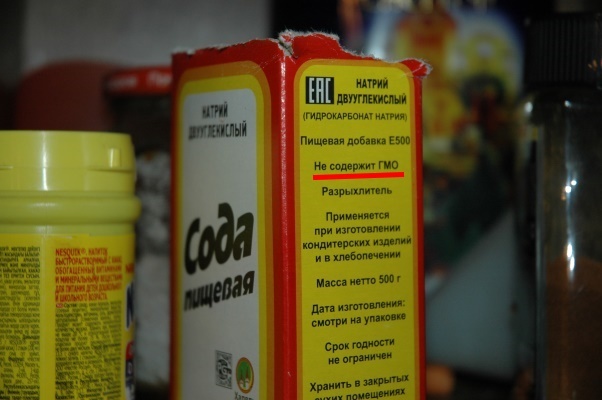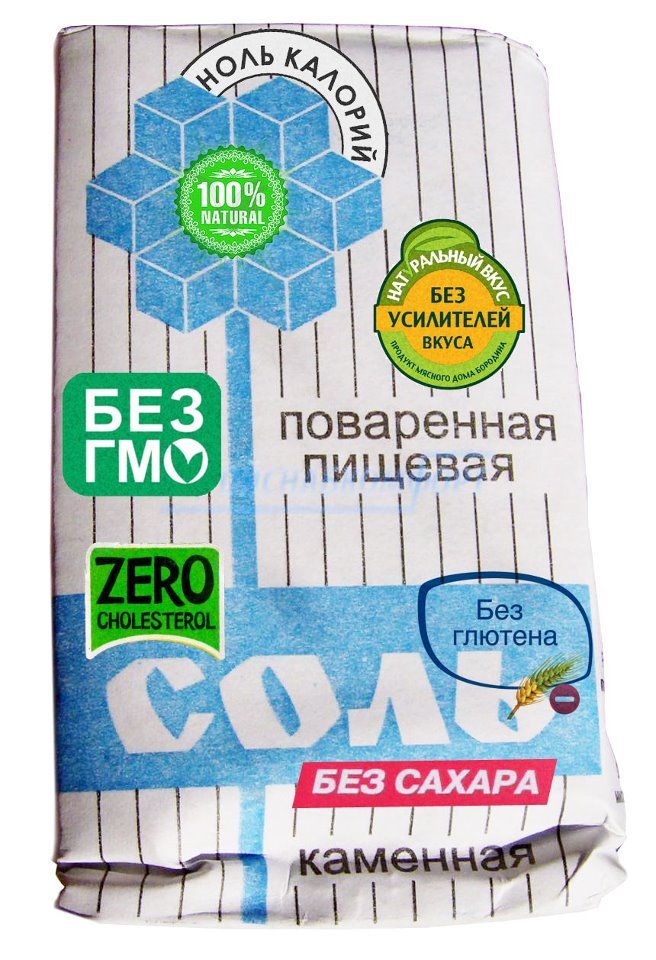Where did GMO obscurantism go

Typical example of GMO obscurantism
The theme of the fact that genetically modified products are worse or, moreover, dangerous for health, has been actively cultivated over the past two decades. The hysteria against GMOs was picked up by the media all over the world, and now we have what we have, namely, conversations at the level “if you eat an apple modified by the fish genome, then your gills will start to grow”. Why do we not have gills, when we just eat fish, in which there is much more fish gene material than in modified wheat, opponents of GM products bashfully hold back.
GMO obscurantism has led to the fact that, for example, in Russia the cultivation of GM crops is prohibited at the legislative level .
')
Money is always to blame, or the killer is the gardener.
For many detective stories often used standard "tracing paper" that the killer is more likely to be either a gardener or the wife of the murdered, with this gardener driving a trick. Similarly, in any more or less large anti-PR company, it is more often implicated not in the struggle for public health, but in the commonplace benefit of certain manufacturers.
GMO products at the basic level existed as long as there are people. True, instead of directly interfering with the genome of one organism or another, in order to obtain quick results, our ancestors followed a different, longer, but accessible path without any tools. If you have not guessed, we are now talking about breeding.
The domestication of animals, the breeding of livestock with artificial restriction of reproduction of unwanted individuals and an increase in the population with human-friendly traits, plant breeding on the same principle are the first controlled genetic modifications in our history.
So where do legs grow from? Out of capital
In the second half of the 20th century, mankind began to actively use herbicides . But in 1996, the Monsanto Company , which had previously specialized in the production and sale of herbicides of various activities, entered the market with seeds of genetically modified plants, which, in fact, destroyed the position of competitors in this market.
Since genetics was a controversial area of knowledge from the point of view of morality at the beginning of the 20th century and in a number of countries, for example, in the USSR, was persecuted, competitors of Monsanto to play on ignorance and public fears was not difficult. So, on the threshold of the millennium, a flywheel called “GMO is dangerous to health!” Began to spin.
Another trend that is being driven by various environmental organizations towards Monsanto and similar companies is the threat to the biodiversity of the planet. One of the main arguments in favor of the “danger” of cultivated GM plants is the assertion that they, with uncontrolled sowing, can become “superweeds” resistant to herbicides, diseases and pests.
This group of persons, however, often overlooks the fact that the vast majority of GM crops are not adapted for wintering, unlike their wild counterparts, as well as during the cultivation and primary selection are devoid of a number of features that ensure survival in the wild. Among other things, many GM crops in the second or third generation are barren. This allows manufacturing companies to maintain demand and not saturate the market. But the main reason for the "degeneration" is often not only infertility, but also inter-pollination with other varieties. In order to preserve the purity of the seed base, farmers and producers need to tirelessly monitor the lack of seedlings of other varieties or self-seeding, which is very expensive and tedious - it is easier to purchase a new batch of seed material from the producer than to
When you eat GMO you will not grow gills
The favorite theme of the yellow media and just people supporting obscurantism against GMOs is that the use of genetically modified products makes changes to the genetic code of a person.
All these statements are easily refuted by the school textbook on anatomy. The human gastrointestinal tract is, conditionally, a “stove” in which “firewood” is burned in the form of food, decomposing into simple components. Plus, the very structure of our cells implies resistance to the introduction of DNA from the outside, otherwise we would be literally what we eat, what we breathe, etc.
Obscurantism against GMOs - net marketing
 Of course, the main driving force behind this trend is ignorance of the masses and fear of the new. Approximately the same were afraid of the ICE and predicted the dominance of cavalry, were afraid of alternating current and space flight.
Of course, the main driving force behind this trend is ignorance of the masses and fear of the new. Approximately the same were afraid of the ICE and predicted the dominance of cavalry, were afraid of alternating current and space flight.While no convincing evidence could provide any convincing evidence of harm to GM products. But the operation of the trademarks "Non-GMO" and "GMO-free" significantly increases sales. In turn, in such products, the use of dyes, flavor enhancers, and simply preservatives, which are a pure product of the chemical industry, is often silent.
Opponents of GMOs may notice that crop resistance to pesticides and herbicides makes it possible to increase the use of the latter many times, but, again, in this argument pseudoscientific tricks are used, namely, ignoring objectionable facts.
For any crops, whether they are genetically modified or come from the native fields of certain regions, there are standards for the content of certain elements and compounds. And the cultivation of GM crops does not exempt producers from passing the final examination for compliance with these standards. In addition, the same herbicides have a certain, rather small period of disintegration inside the plant and do not accumulate on such scales as, for example, heavy metals like lead.
The latter, by the way, from the mid-twentieth century became a real problem, since lead was used as an additive in fuel for internal combustion engines and an increase in its concentration around the world, primarily in ice, plankton and soil - a fact proved.
But no one is afraid of cars with ICE, which have become part of the modern world, because there is another scarecrow. And the supporters of “obscurantism” are not stopped even by the fact that the manufacturer simply will not be able to sell toxic products - he simply will not pass the test for compliance with SanPin.
Therefore, even the theoretical implementation of toxic GMOs within the framework of legal actions is impossible - products overloaded with herbicides, pesticides and other “poisons” can get on the shelves, or into the recycling cycle, exclusively according to the “gray” scheme. In the same way, you can stop buying canned food, sausage or sausages, because a rat could fall into the meat pot - it all depends only on the plant and the authorities that inspect it.
What is really dangerous GMOs
GM organisms, being a product of selection of a higher technological level, are no more dangerous than their predecessors, which have been purposefully bred by humans for hundreds of years. The tools of this selection have simply changed, speeding up the process of grafting the necessary properties by an order of magnitude.
But the GM product can be really dangerous. For example, a tomato, which was specially developed for commercial sale in stores, has denser walls and is less susceptible to deformation during transportation (by the way, its taste has suffered because of this, since substances affecting the brightness of taste also influenced fragility "walls of the fetus). So, because of the more dense and strong structure when injected into the eye, it can leave a more noticeable fingal than its relative “from the garden”.
Source: https://habr.com/ru/post/395917/
All Articles